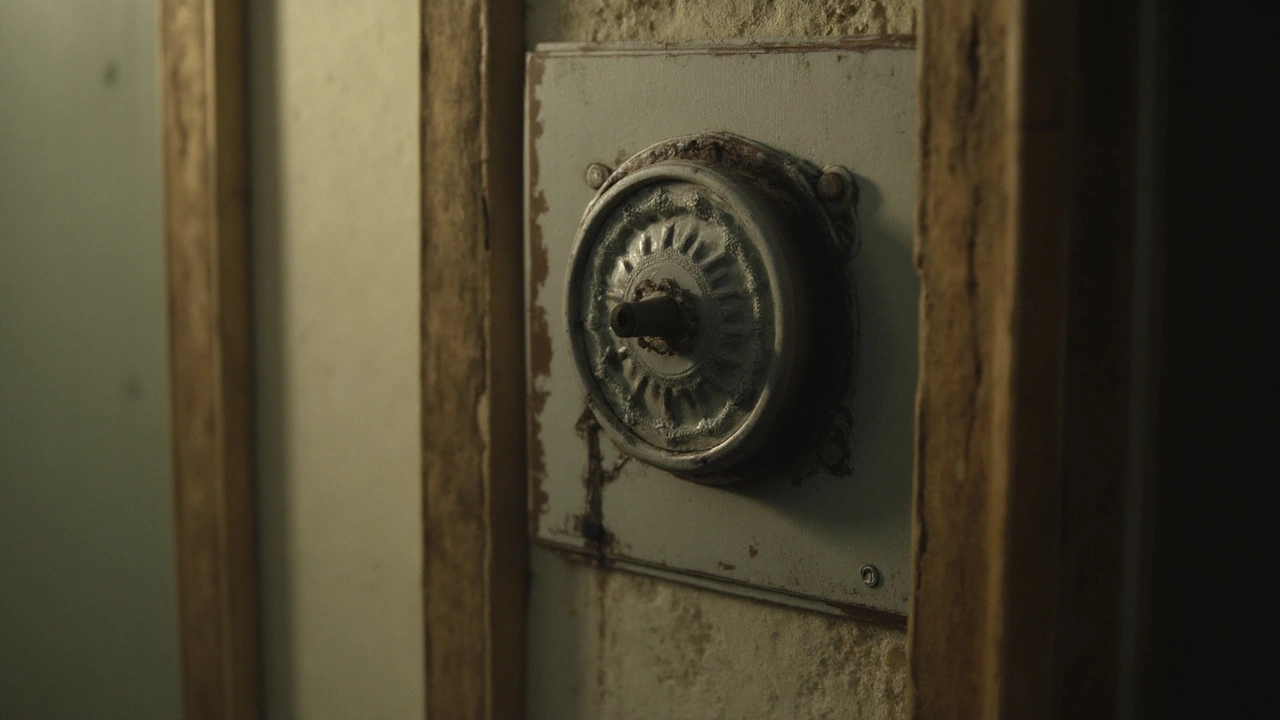Water Heater Reset Button – What It Is and How to Fix It
If your shower suddenly turns cold or you hear the heater click, the reset button is probably to blame. It’s a safety switch that shuts the unit down when something goes wrong – overheating, a short circuit, or a faulty thermostat. Knowing why it trips and how to reset it can save you a call to a technician and get the hot water back faster.
Why the reset button keeps tripping
Most modern electric or gas water heaters have a thermal cut‑out button. When the water inside gets too hot, the switch flips to protect the heating element and prevent a fire. The button can also react to a loose wire, a clogged burner, or a failing thermostat. In many cases the problem is temporary: a sediment build‑up makes the element work harder, the temperature spikes, and the reset trips.
Common culprits include:
- Heavy sediment: Minerals settle at the bottom of the tank and act like an insulator, causing the element to overheat.
- Faulty thermostat: If it reads the wrong temperature, the heater thinks it’s too hot and shuts off.
- Electrical issues: Loose connections or a short can send a surge that trips the reset.
- Blocked vent (gas models): Poor airflow makes the burner run hot and trips the safety switch.
When the button trips repeatedly, it’s a sign the underlying issue isn’t fixed. Ignoring it can damage the heater and increase your energy bill.
Step‑by‑step guide to reset and troubleshoot
1. Turn off power or gas. For electric heaters, switch off the breaker. For gas models, turn the gas valve to “off” and let the unit cool for at least five minutes. This protects you from electrical shock or gas leaks.
2. Locate the reset button. It’s usually a red or black button on the thermostat housing, near the top of the tank. If you can’t find it, check the user manual or look inside the access panel.
3. Press the button. Firmly push it in until you hear a click. If it stays in, the heater has reset. Turn the power back on or reopen the gas valve and wait a few minutes for the water to heat.
4. Test the hot water. Run a faucet for a minute. If the water stays hot and the reset button doesn’t pop again, the issue may have been a temporary overload.
5. If it trips again, investigate further. Turn the power off and check for obvious problems:
- Inspect the heating element for visible rust or scaling.
- Look at the thermostat wires – they should be tight and not corroded.
- Flush the tank: connect a garden hose to the drain valve, open the valve, and let water run until it’s clear. This removes sediment that can cause overheating.
- For gas heaters, verify the vent isn’t blocked by debris or nests.
After you’ve cleared any obvious issues, try the reset procedure again.
6. Call a professional if needed. If the button still trips after you’ve checked wiring, flushed the tank, and verified the thermostat, the problem is likely internal – a burnt‑out element or a malfunctioning thermostat. A certified technician can safely replace parts and restore full function.
Remember, the reset button is there for a reason. It’s better to spend a few minutes troubleshooting than to risk a fire or a costly repair.
By keeping the heater clean, checking the thermostat annually, and resetting the button correctly, you’ll enjoy reliable hot water and avoid surprise cold showers.
What Happens If You Keep Resetting Your Water Heater? Risks, Fixes, and Safe Steps
0 Comments
If your water heater keeps tripping, stop hammering reset. Learn the real risks, quick checks, safe resets, when to call a pro, and how to fix it for good.
Read More